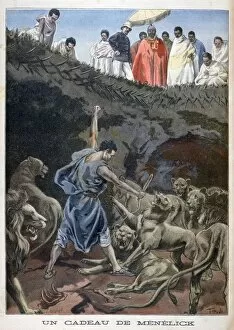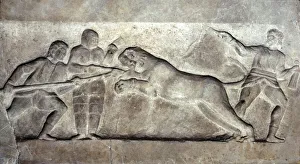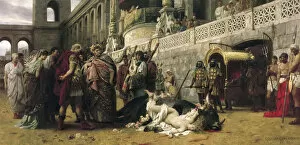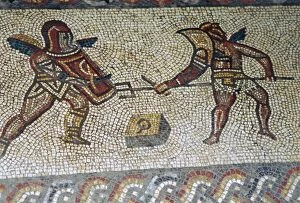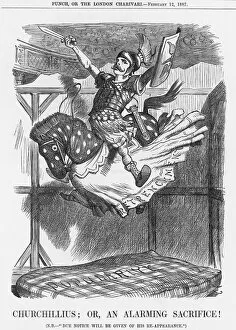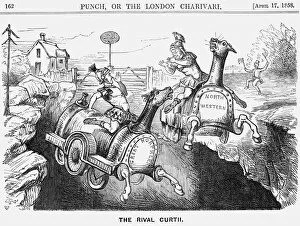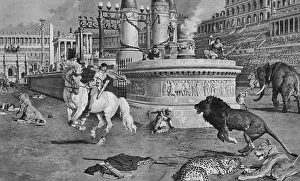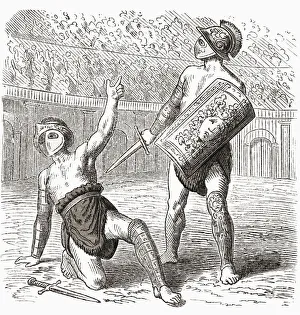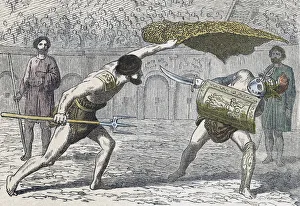Gladiator Collection (page 7)
Step back in time to ancient Rome and witness the awe-inspiring spectacle of gladiators
All Professionally Made to Order for Quick Shipping
Step back in time to ancient Rome and witness the awe-inspiring spectacle of gladiators. Dressed in their iconic Ancient Roman costumes, these warriors captivated audiences with their skill and bravery. From the Gloster Gladiator to Spartacus leading a revolt, the stories of these fighters have become legendary. In the grand Roman arena, gladiatorial combat took center stage. A Roman mosaic vividly depicts this intense battle between gladiators, swords clashing and shields raised in defense. The detail is remarkable, showcasing the determination etched on each warrior's face. The costume of a gladiator was both striking and practical. Men donned armor that protected them from harm while still allowing for agility in combat. As they entered the arena, spectators held their breaths in anticipation of what would unfold before them. One particularly famous rebellion led by Spartacus saw an uprising of Roman gladiators against their oppressors. This act of defiance sent shockwaves throughout society and became a symbol of resistance against tyranny. Gladiators were not only pitted against each other but also faced off against wild animals within Pompeii's amphitheater. The sheer courage displayed as they fought tooth and nail left spectators awestruck. No mention of they can be complete without acknowledging Italy's most iconic landmark - The Colosseum amphitheater built by Emperor Vespasian in AD 80. Today it stands as a testament to Rome's rich history, its interior once thronged with tourists eager to witness these epic battles firsthand. Jean-Leon Gerome captured the essence of this ancient world through his masterpiece "Pollice Verso [The Gladiators]. " Painted in 1874, it immortalizes these fierce warriors forevermore on canvas. Gladiator: a word that conjures images of strength, valor, and sacrifice; an enduring symbol from an era long past yet forever etched into our collective memory.

